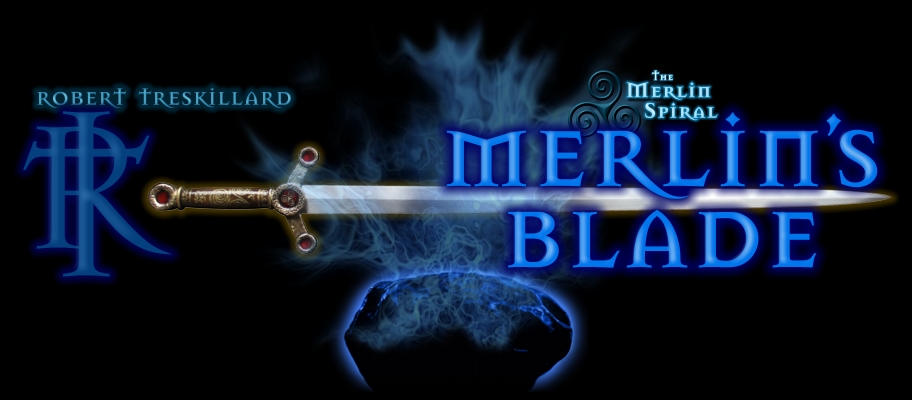Making the Reader THIRST! – Part 3
Paul on ChristianWriters.com asked me a question about my THIRST™ graphs. Here is his question as well as my answer.
What do you mean by Incident? Intrigue? Mysteries?
– Paul
You’re right, Paul. That one is not as obvious as the others.
Think of “incident” as tension caused by some major event. In other words, this allows you to see on the graph where major incidents occur and to see how much tension they bring about.
If you look at my graph, you will notice around page 121 a major incident (purple). That represents a mini-climax right between part 1 and part 2 of my book.
Further down around page 240 you can see it again. This is the ending of part 2 and the beginning of part 3.
One of the benefits of the graph during the writing of the novel is that you plan out your book and guess at what these values will be for the different scenes you have laid out. This allows you to “see” the flat areas of your book. It was very helpful to me so I could see the effect I was having on the reader.
Then as you go along and write and inevitably make changes to your scene structure, you keep your plot updated in the spreadsheet along with the THIRST™ values and so you see–not your guess anymore–but what it actually is.
One issue is that before you have your book written you have to guess at how many pages a scene will take. This will give you a guess as to how long your book will be. As you move along, this changes. Each time I finish a scene I go immediately and update the spreadsheet with the actual number of pages and tweak the THIRST™ values.
Tomorrow I’ll post again about issues related to comparing graphs of different books.
